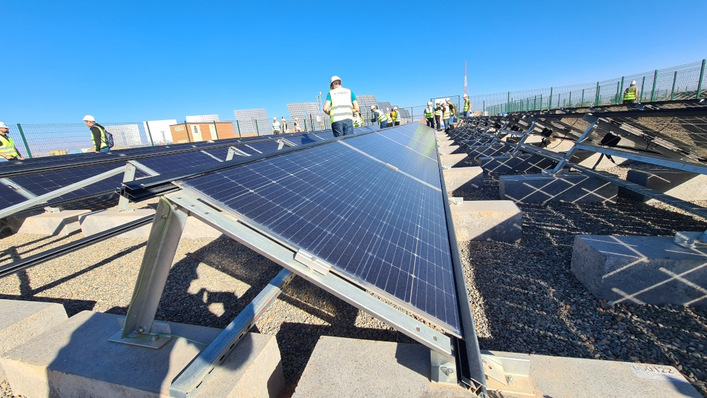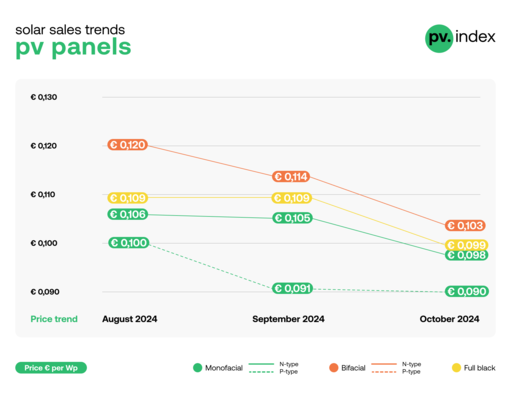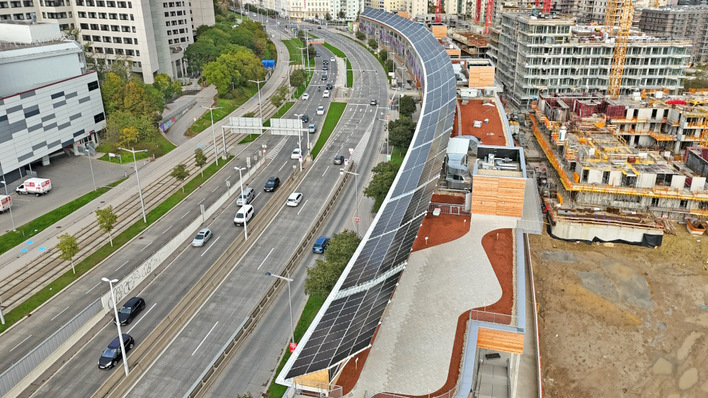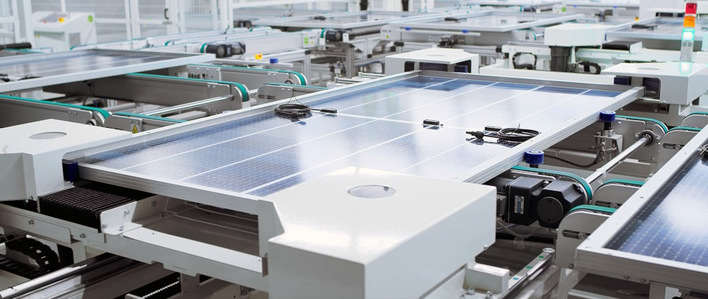Hanwha said it will seek to spend $170 million building a 1.4-gigawatt solar module production facility in the US. Qcells already operates a 1.7 gigawatt module factory in Dalton, Georgia. With the newly-built factory expected to come online as early as the first half of 2023, Qcells’ total production capacity in the U.S. will exceed 3 gigawatt – equivalent to one-third of current US solar module production capacity.The company also announced its plan to expand cell production capacity in Korea.
By investing $150 million, the company will expand its cell factory there. When the factory expansions are complete next year, overall cell capacity in Korea will total 5.4-gigawatts. It is the first investment in Korean solar cell manufacturing in five years. The investments aim to address growing demand for renewable energy, as ongoing energy market turbulence has sent fossil fuel prices soaring. Already worsened by a global supply squeeze during the pandemic, these price fluctuations have prompted calls around the world to reduce fossil fuel dependence aiming for energy security and carbon reduction.
Low-carbon polysilicon
“Growing uncertainties tell us that securing reliable, sustainable energy has become more important than ever before,” said Justin Lee, CEO of Hanwha Qcells. “To do this, Qcells will increase renewable supply from diversified sources and find cleaner ways to produce energy. That way, we will contribute to both energy security and net-zero emissions.”
To improve and further decarbonize its solar panel production process, Hanwha Solutions will secure low-carbon polysilicon from manufacturers around the world. In April, the company agreed with Korean polysilicon manufacturer OCI to receive polysilicon made in factories using carbon-free hydroelectricity. OCI will provide Hanwha with “clean polysilicon” for the next 10 years.
Planned introduction of a smart heating system
Other sources are providing low-carbon polysilicon to Hanwha as well. In March, the company became the largest shareholder of REC Silicon, the Norway- headquartered polysilicon manufacturer, which operates massive production facilities in the US. REC Silicon similarly uses hydropower to make solar-grade polysilicon at its production facility in Moses Lake, Washington.
Faced with soaring energy prices in Europe, the company also came up with solutions to lower heating bills. Qcells is working with Samsung Electronics to introduce a smart heating system with the aim of hitting the market in June. Combining Qcells’ solar panels and energy storage system with Samsung’s Eco Heating System, it will lower heating bills for households in Europe.
Rebuilding the US solar value chain
Hanwha Solutions’ decision to expand Qcells’ module manufacturing presence in the U.S. comes as a part of its effort to help rebuild the domestic US solar supply chain. It will create good-paying job opportunities for generations to come. Already employing approximately 750 staff at the current module production facility in the U. S., Hanwha aims to further boost the number of local jobs with the opening of the new module production facility.

Qcells
Upon the implementation of long-term, durable policy designed to incentivize solar manufacturing, Hanwha will further expand investments in the US, including wafers and cells. This requires implementing a “whole-of-government” approach, including smart trade policy, strengthened Buy American rules, and especially long- term domestic manufacturing tax legislation.
"Ensuring policy certainty is crucial to realizing our goal of rebuilding the US solar value chain,” said Lee. “With our relentless efforts to provide reliable, sustainable energy, we will do our utmost to solidify Qcells as the dependable choice for the U.S. solar market.”(hcn)
Did you miss that? Sweden: Low carbon footprint panels to power 6.1 MW PV rooftop







